Home>Construction & Tools>Building Materials>What Does Limewash Do To Brick
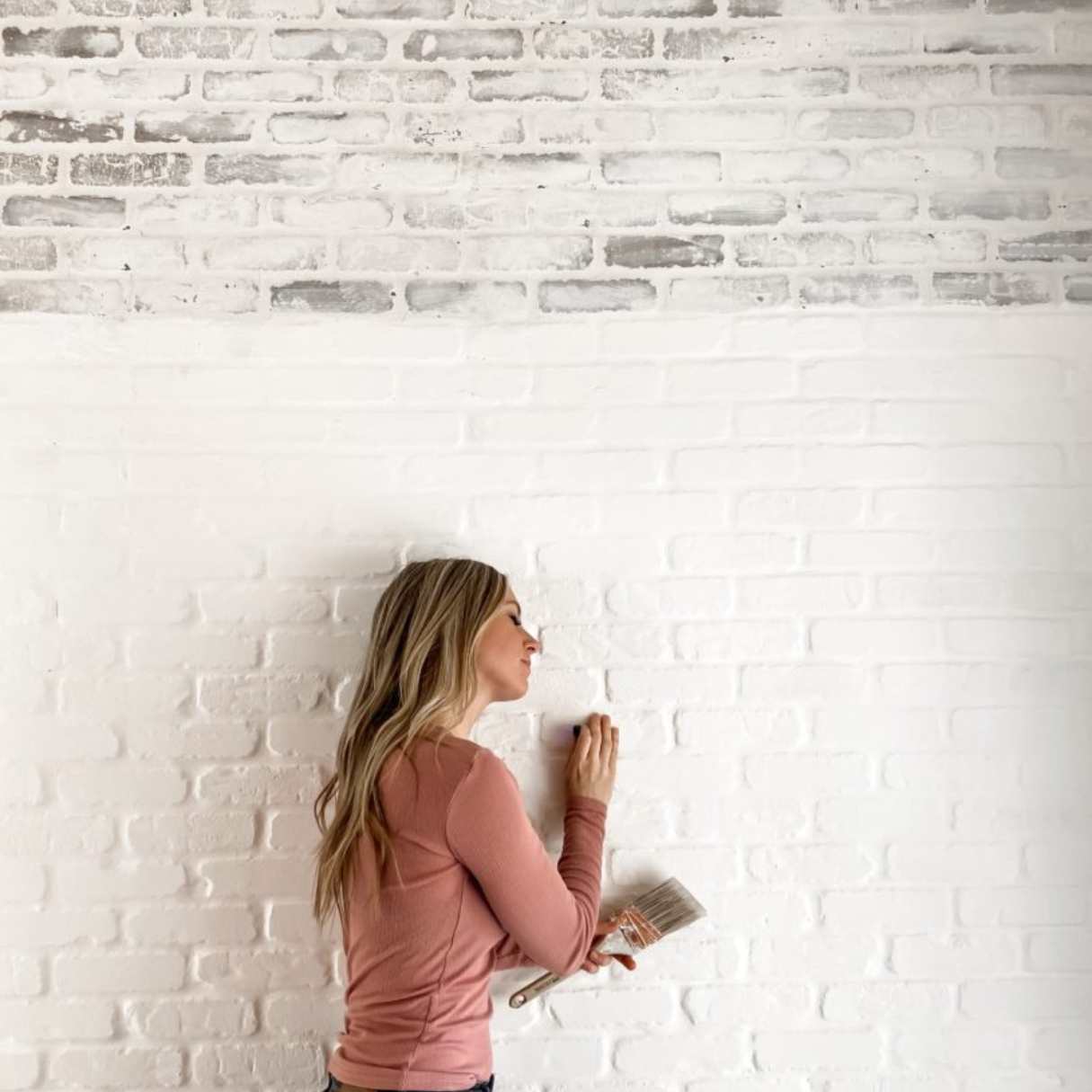

Building Materials
What Does Limewash Do To Brick
Modified: February 18, 2024
Discover the transformative effects of limewash on brick and explore its application in building materials. Learn how this traditional technique can enhance the appearance and durability of your property.
(Many of the links in this article redirect to a specific reviewed product. Your purchase of these products through affiliate links helps to generate commission for Storables.com, at no extra cost. Learn more)
Introduction
Welcome to the world of limewash and its transformative effects on brick surfaces. As we delve into the fascinating realm of building materials, it’s essential to understand the significance of limewash in enhancing the aesthetics and durability of brick structures. Whether you’re a homeowner seeking to revitalize the exterior of your house or a design enthusiast intrigued by the timeless allure of limewash, this article will provide comprehensive insights into the wonders of this traditional coating.
Throughout history, limewash has been revered for its ability to breathe new life into brick surfaces, offering a myriad of benefits while exuding a rustic charm that resonates with both classic and contemporary architectural styles. Join us on a journey to uncover the magic of limewash and its profound impact on brick, from its composition and application to the advantages and potential drawbacks of this age-old technique.
Key Takeaways:
- Limewash enhances brick by creating a breathable, weather-resistant finish that adds timeless charm and protects against UV radiation, making it a sustainable and versatile choice for both historical restoration and modern design projects.
- While limewash offers benefits such as moisture regulation and historical authenticity, it requires careful application and periodic reapplication. Understanding its properties empowers decision-making for architects, designers, and homeowners.
Read more: What Is Limewash Brick
What is Limewash?
Limewash, a traditional coating dating back centuries, is composed of natural materials such as limestone, water, and natural pigments. Unlike modern paints, which form a layer on the surface, limewash penetrates the substrate, creating a breathable, weather-resistant finish. This characteristic allows the underlying brick to retain its porous nature, enabling moisture to escape while providing protection against the elements.
One of the distinguishing features of limewash is its environmentally friendly composition. Made from natural ingredients, including slaked lime, limewash is free from synthetic chemicals, making it a sustainable choice for those seeking eco-friendly building materials. Its mineral-based formula also contributes to its high alkalinity, which deters the growth of mold and mildew, promoting a healthier indoor environment when applied to interior brick surfaces.
Limewash is renowned for its versatility, as it can be tinted to achieve a spectrum of colors, from soft neutrals to vibrant hues. This adaptability allows for seamless integration with various architectural styles, making it a favored choice for both historical restoration projects and modern design endeavors. Whether used to impart a weathered patina to new brick or to rejuvenate the appearance of aged surfaces, limewash offers a timeless aesthetic that transcends fleeting trends.
How Does Limewash Work?
Limewash operates through a process of mineral petrifaction, wherein the calcium hydroxide present in the slaked lime undergoes a chemical reaction with carbon dioxide from the air. This reaction results in the formation of calcium carbonate, which binds with the surface of the brick, creating a durable and weather-resistant coating. As the limewash cures, it becomes an integral part of the substrate, rather than forming a superficial layer, ensuring long-lasting adhesion and protection.
Furthermore, the breathable nature of limewash allows moisture vapor to pass through the coating, preventing the accumulation of moisture within the brick. This permeability is crucial in maintaining the structural integrity of the substrate, as it mitigates the risk of efflorescence, a common issue associated with trapped moisture and soluble salts in masonry materials.
The alkaline pH of limewash also contributes to its protective properties. This high pH level acts as a natural deterrent to fungi, algae, and other microorganisms, inhibiting their growth on the treated surface. As a result, limewashed brick surfaces exhibit enhanced resistance to biological deterioration, making them an ideal choice for both interior and exterior applications.
Another noteworthy aspect of limewash is its self-healing capability. Over time, the calcium carbonate formed during the carbonation process can gradually fill in small cracks and imperfections in the coating, contributing to its longevity and maintaining a visually appealing finish.
By harnessing the inherent properties of natural materials, limewash creates a symbiotic relationship with brick surfaces, enhancing their resilience and aesthetic appeal while harmonizing with the surrounding environment.
Benefits of Limewashing Brick
Limewashing brick surfaces offers a multitude of benefits that contribute to both the visual appeal and structural integrity of the substrate. Here are some of the key advantages:
- Enhanced Aesthetics: Limewash imbues brick with a timeless, mottled appearance, adding character and depth to the surface. Its translucent nature allows the natural variations in the brick to subtly show through, creating a soft, organic patina that complements a range of architectural styles.
- UV Resistance: Limewash provides protection against UV radiation, preventing the fading and discoloration of brick surfaces over time. This UV resistance helps maintain the vibrancy of the applied color, ensuring long-lasting visual appeal.
- Moisture Regulation: The breathable nature of limewash allows moisture vapor to escape, reducing the risk of trapped moisture within the brick. This regulation helps prevent efflorescence and spalling, promoting the longevity of the masonry.
- Environmental Friendliness: Composed of natural materials, limewash is a sustainable and eco-friendly choice for coating brick surfaces. Its low environmental impact and minimal carbon footprint make it an attractive option for environmentally conscious projects.
- Historical Authenticity: For restoration and preservation projects, limewash offers an authentic finish that aligns with historical traditions. It enables the revitalization of aged brick while maintaining the integrity of historical architecture.
- Flexibility and Customization: Limewash can be tinted to achieve a spectrum of colors, providing flexibility in design and allowing for custom color blends. This adaptability enables the creation of bespoke finishes tailored to specific aesthetic preferences.
- Healthier Indoor Environment: When applied to interior brick surfaces, limewash’s high alkalinity deters the growth of mold and mildew, contributing to a healthier indoor environment. Its natural composition minimizes the emission of volatile organic compounds (VOCs), further enhancing indoor air quality.
These benefits collectively position limewash as a versatile and sustainable solution for enhancing the beauty and resilience of brick structures, making it a favored choice for architectural and design applications.
When applying limewash to brick, make sure to clean the surface thoroughly and wet it before application. This will help the limewash adhere better and create a more even finish.
Drawbacks of Limewashing Brick
While limewash offers a range of benefits, it’s important to consider potential drawbacks associated with its application to brick surfaces. Understanding these limitations can guide informed decision-making and ensure that the chosen coating aligns with specific project requirements. Here are some notable drawbacks to consider:
- Reapplication Frequency: Due to its mineral-based composition and natural weathering, limewash may require periodic reapplication to maintain its aesthetic and protective properties. Factors such as exposure to harsh weather conditions and the level of surface wear can influence the frequency of recoating.
- Initial Color Variation: The color of freshly applied limewash may initially appear lighter than the desired shade due to the presence of excess moisture. As the coating dries and carbonates, the color intensifies, resulting in a shift from the initial appearance. Understanding this color development process is essential for achieving the desired end result.
- Surface Preparation: Proper surface preparation is crucial for the successful application of limewash. Existing coatings, residues, or contaminants on the brick surface can impact adhesion and the final appearance of the limewash. Thorough cleaning and assessment of the substrate are necessary to ensure optimal results.
- Limitations in Concealing Surface Imperfections: Unlike thicker paint coatings, limewash has a translucent quality that allows the underlying texture and imperfections of the brick to show through. While this characteristic contributes to its organic aesthetic, it may not effectively conceal significant surface irregularities or blemishes.
- Application Complexity: Achieving an even and consistent application of limewash requires skill and attention to detail. The application process, including dilution, mixing, and brushing techniques, demands a level of expertise to ensure a uniform finish across the entire surface.
- Compatibility Considerations: When considering limewashing for brick surfaces, compatibility with the substrate and existing coatings must be evaluated. Certain types of bricks or previously applied sealants may interact differently with limewash, necessitating thorough compatibility testing.
- Color Limitations: While limewash offers a range of hues, the color palette may not encompass the extensive variety available in synthetic paint options. This limitation may influence design choices for projects requiring specific or vibrant color schemes.
By acknowledging these drawbacks, project stakeholders can make informed decisions regarding the use of limewash, ensuring that its application aligns with the desired aesthetic, maintenance considerations, and long-term performance expectations.
Read more: How To Limewash Brick
How to Apply Limewash to Brick
The application of limewash to brick surfaces involves a meticulous process that ensures proper adhesion, color consistency, and long-term durability. Here are the essential steps to effectively apply limewash:
- Surface Preparation: Begin by thoroughly cleaning the brick surface to remove dirt, dust, and any existing coatings. A combination of water and a mild detergent can be used for cleaning. Allow the surface to dry completely before proceeding.
- Testing and Dilution: Prior to full application, perform a small-scale test application of the limewash on a discreet area of the brick surface. This test allows for the assessment of color, adhesion, and the desired translucency. Additionally, dilute the limewash according to the manufacturer’s recommendations, typically using clean water.
- Application Technique: Using a high-quality natural bristle brush or a sprayer, apply the diluted limewash to the brick surface in even strokes. Work in sections, ensuring that the application remains consistent and uniform across the entire area. Overlapping strokes can aid in achieving a seamless finish.
- Multiple Coats: Depending on the desired opacity and color intensity, multiple coats of limewash may be required. Allow each coat to dry thoroughly before applying the next layer. The number of coats can be adjusted to achieve the desired visual effect, whether it’s a translucent wash or a more opaque finish.
- Carbonation and Curing: As the limewash dries, the carbonation process begins, leading to the formation of calcium carbonate and the gradual intensification of the applied color. Allow the limewash to cure for several days, ensuring that it is protected from moisture during this critical period.
- Protective Sealant (Optional): To enhance the longevity of the limewash and provide additional protection, a natural breathable sealant can be applied over the cured limewash. This step is particularly beneficial for exterior applications, offering increased resistance to weathering and soiling.
Throughout the application process, attention to detail and adherence to the manufacturer’s guidelines are essential for achieving optimal results. The proper application of limewash not only enhances the visual appeal of brick surfaces but also contributes to their long-term durability and weather resistance.
Conclusion
Limewash, with its time-honored composition and transformative properties, stands as a testament to the enduring allure of traditional building materials. From its environmentally friendly formulation to its ability to breathe new life into brick surfaces, limewash embodies a harmonious blend of aesthetics and functionality.
By delving into the intricate chemistry of limewash and its carbonation process, we gain a deeper appreciation for its role in fortifying and beautifying brick structures. Its permeable nature, UV resistance, and historical authenticity position limewash as a versatile coating with a myriad of benefits for both interior and exterior applications.
While acknowledging the considerations and limitations associated with limewash, such as reapplication frequency and initial color variation, we recognize the importance of informed decision-making when selecting coatings for brick surfaces. Understanding the intricacies of limewash application and its compatibility with different substrates empowers architects, designers, and homeowners to leverage its unique qualities effectively.
As we conclude this exploration of limewash and its impact on brick, we are reminded of its role in preserving architectural heritage, fostering sustainable design practices, and infusing spaces with a timeless, organic aesthetic. Whether adorning the facades of historical landmarks or gracing the interiors of contemporary dwellings, limewash continues to leave an indelible mark on the built environment, enriching the visual tapestry of our surroundings.
Embracing the artistry and resilience of limewash, we celebrate its legacy as a cherished ally in the realm of architectural coatings, weaving tradition and innovation into the fabric of our built landscape.
Frequently Asked Questions about What Does Limewash Do To Brick
Was this page helpful?
At Storables.com, we guarantee accurate and reliable information. Our content, validated by Expert Board Contributors, is crafted following stringent Editorial Policies. We're committed to providing you with well-researched, expert-backed insights for all your informational needs.

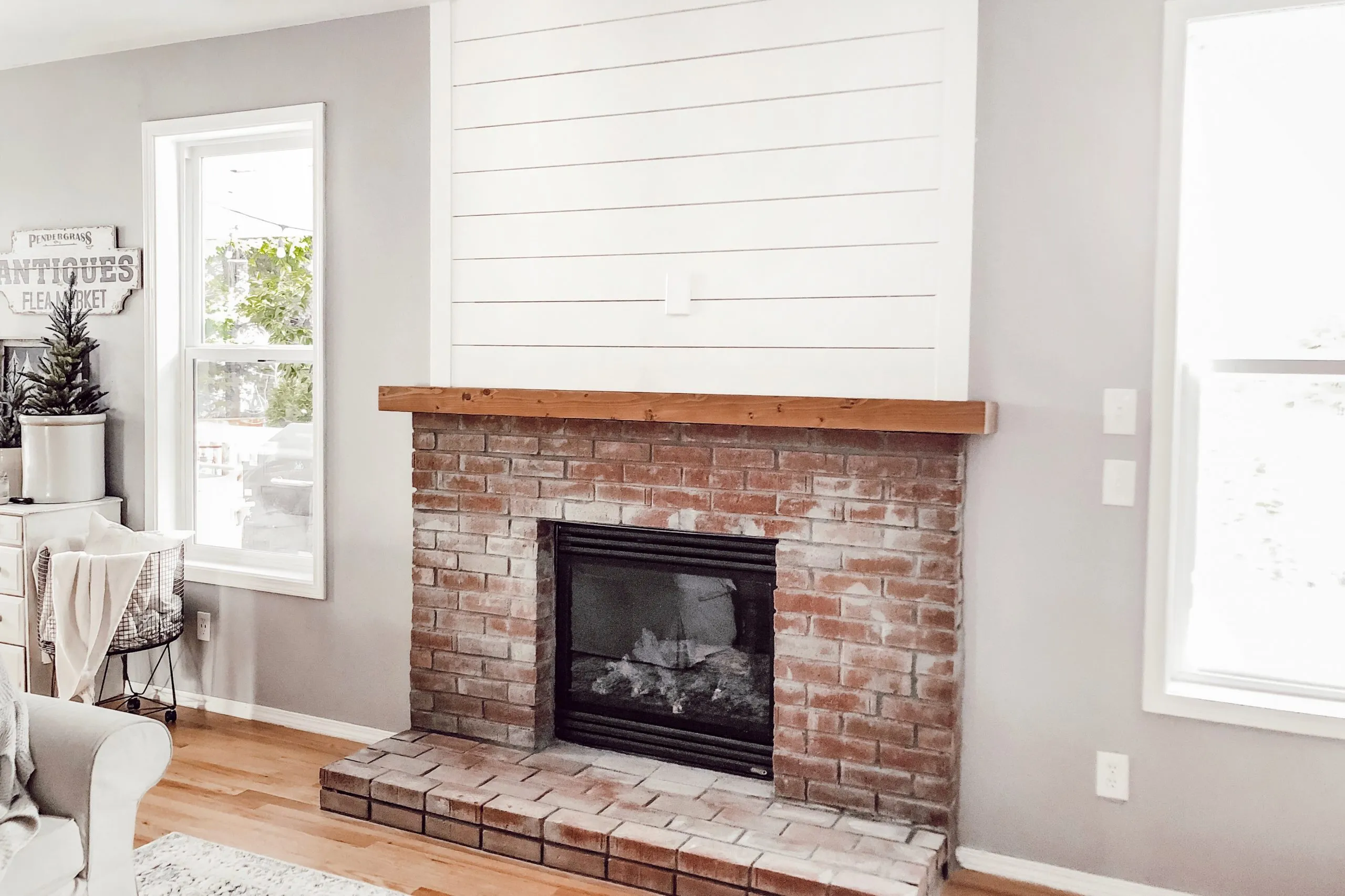
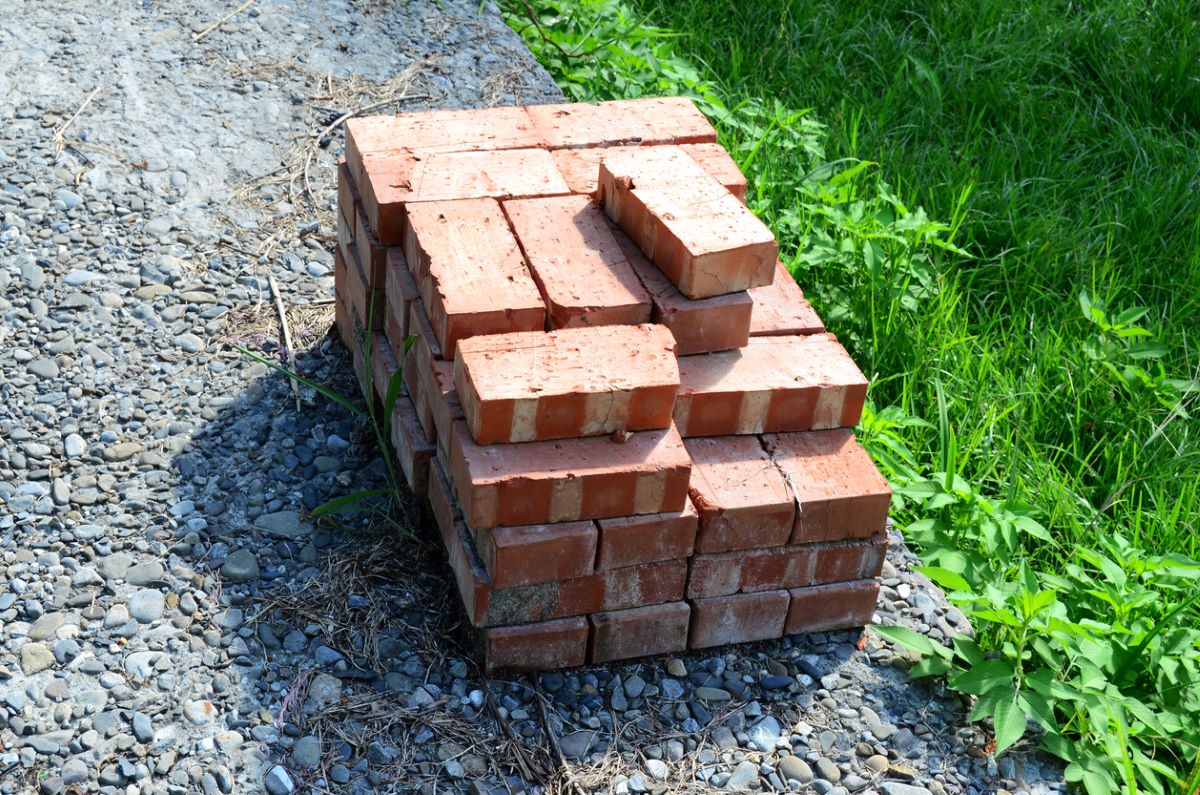

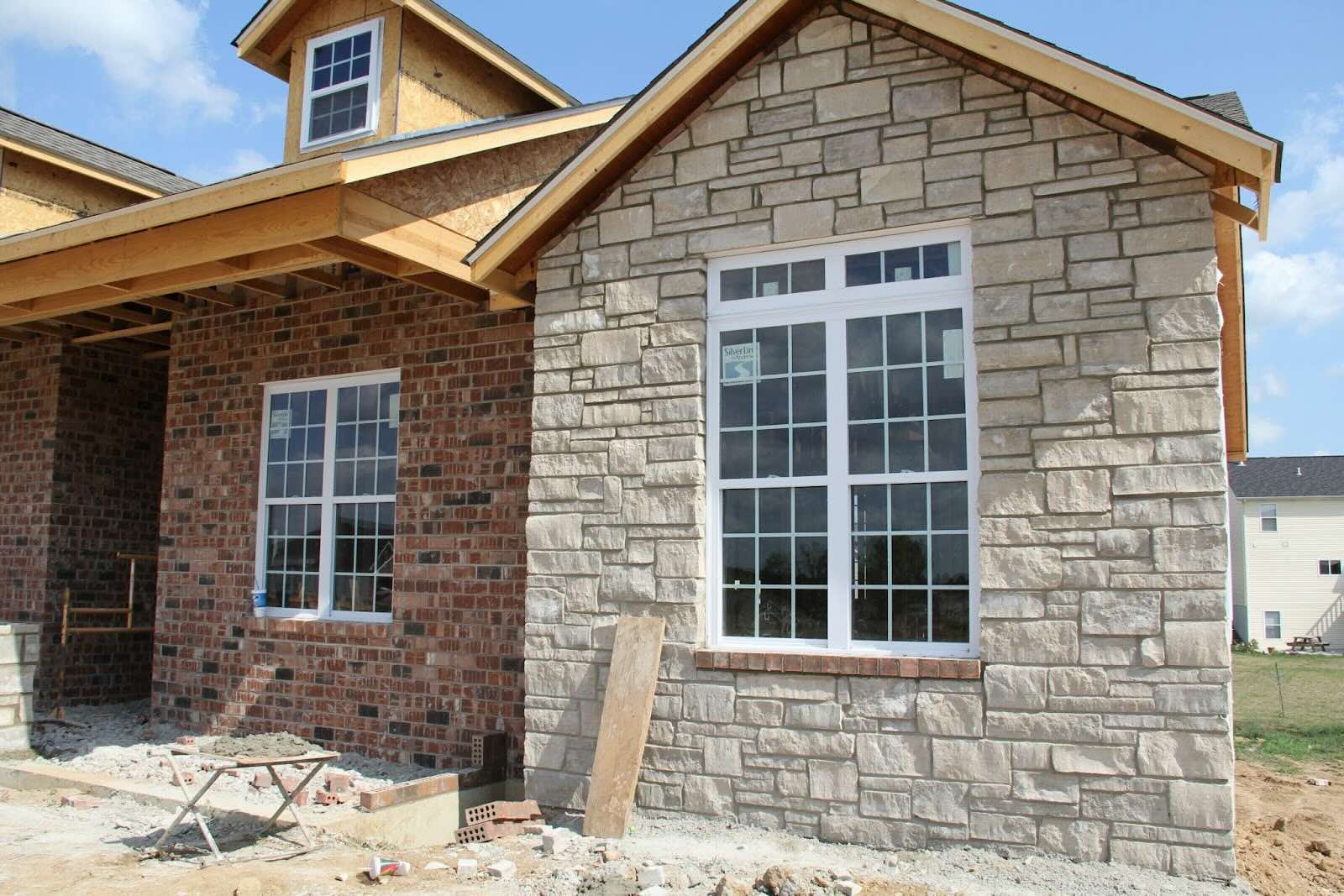
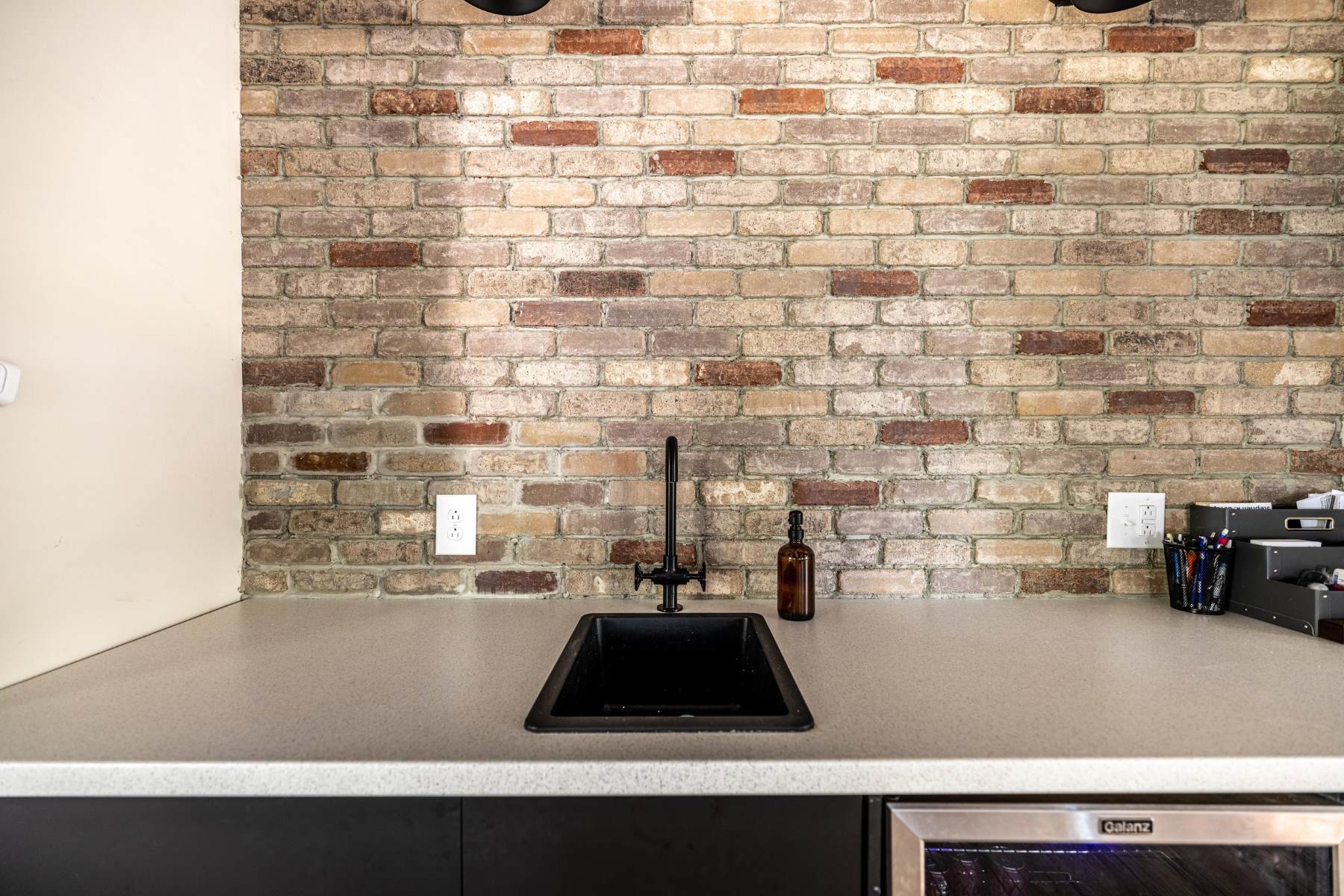

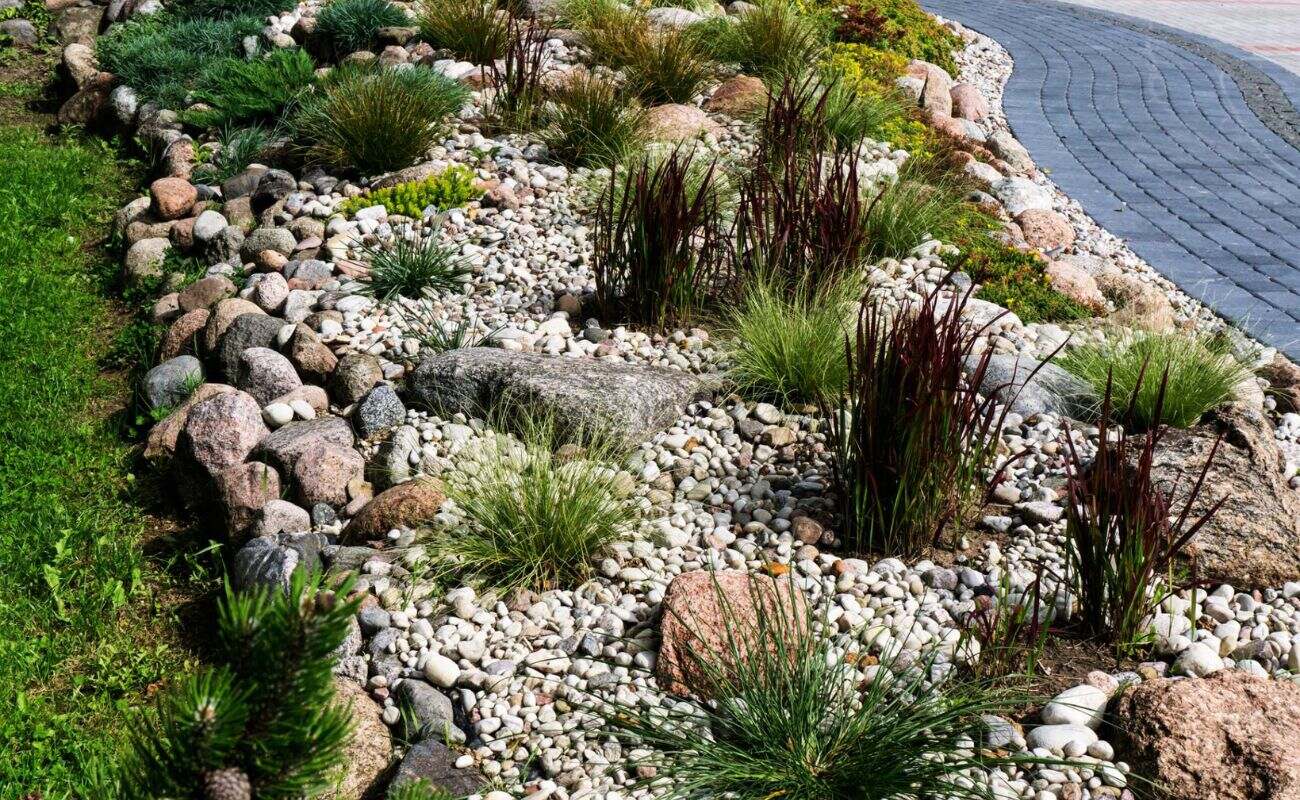
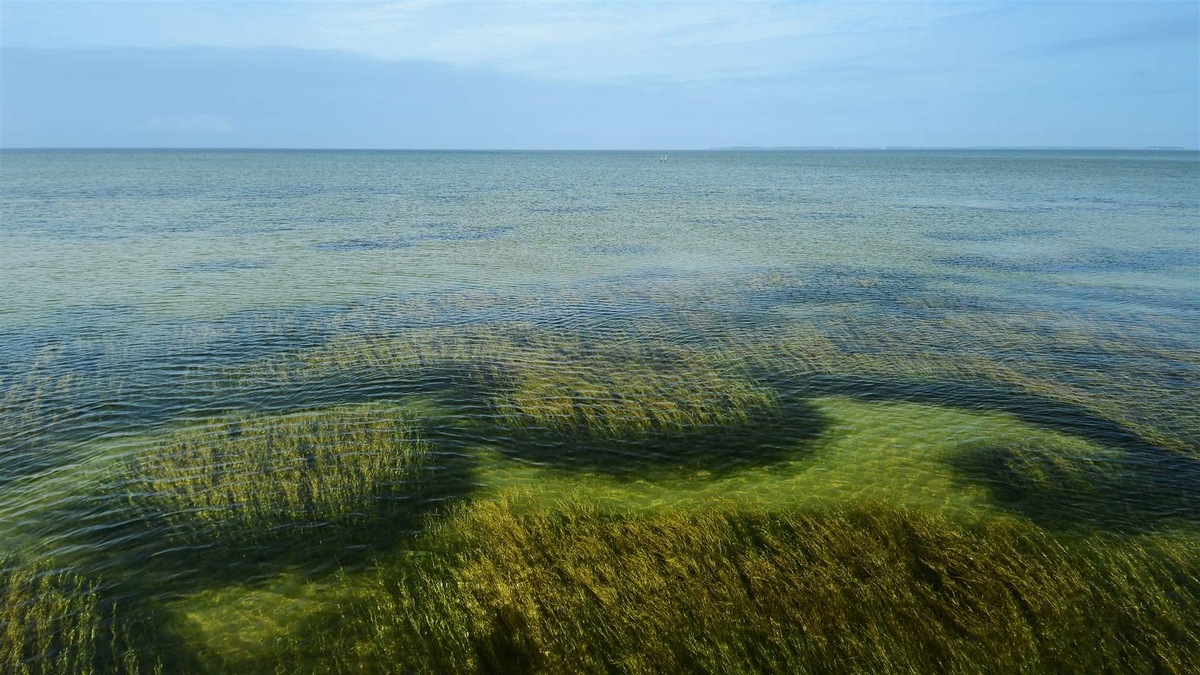
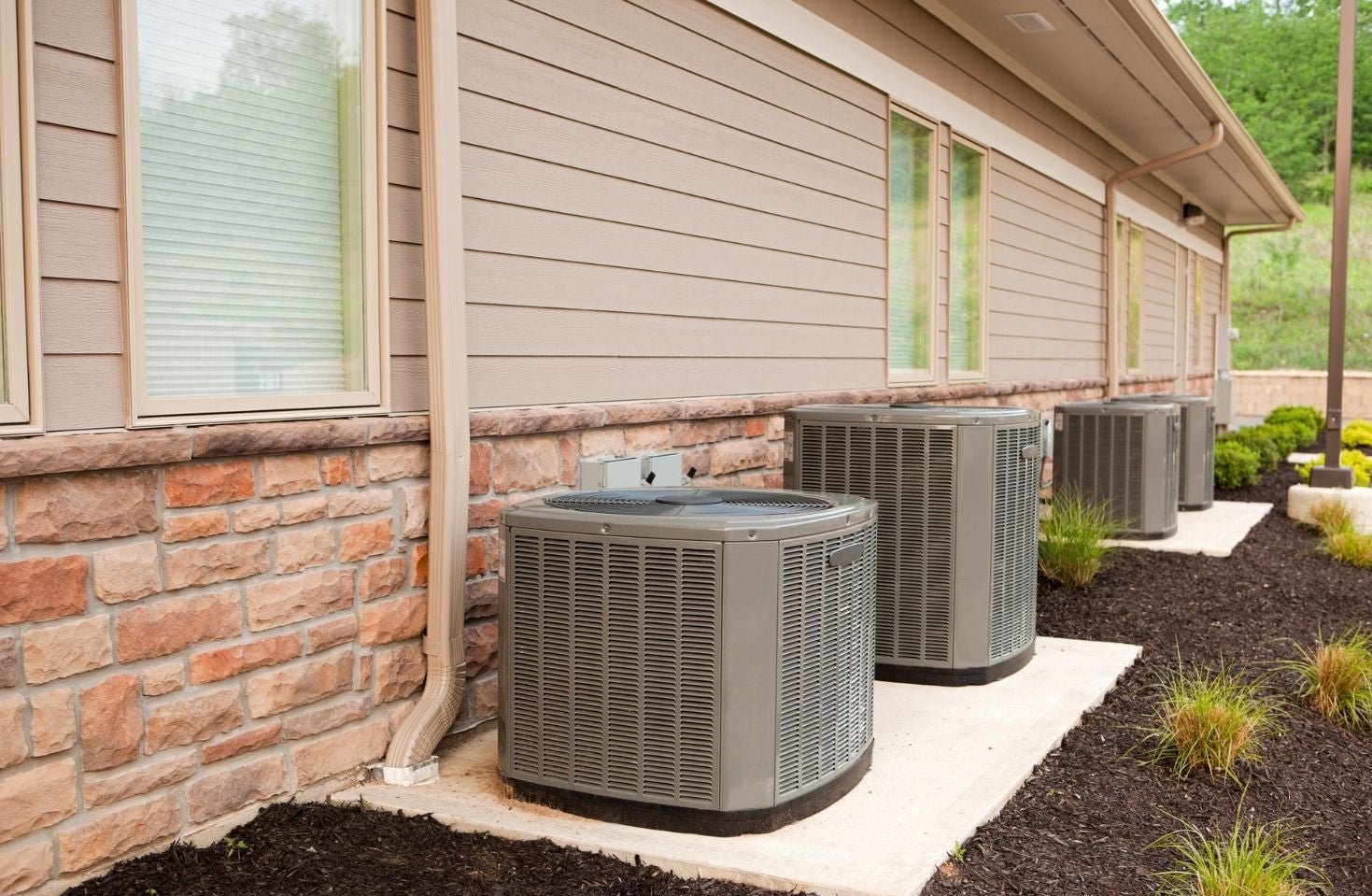
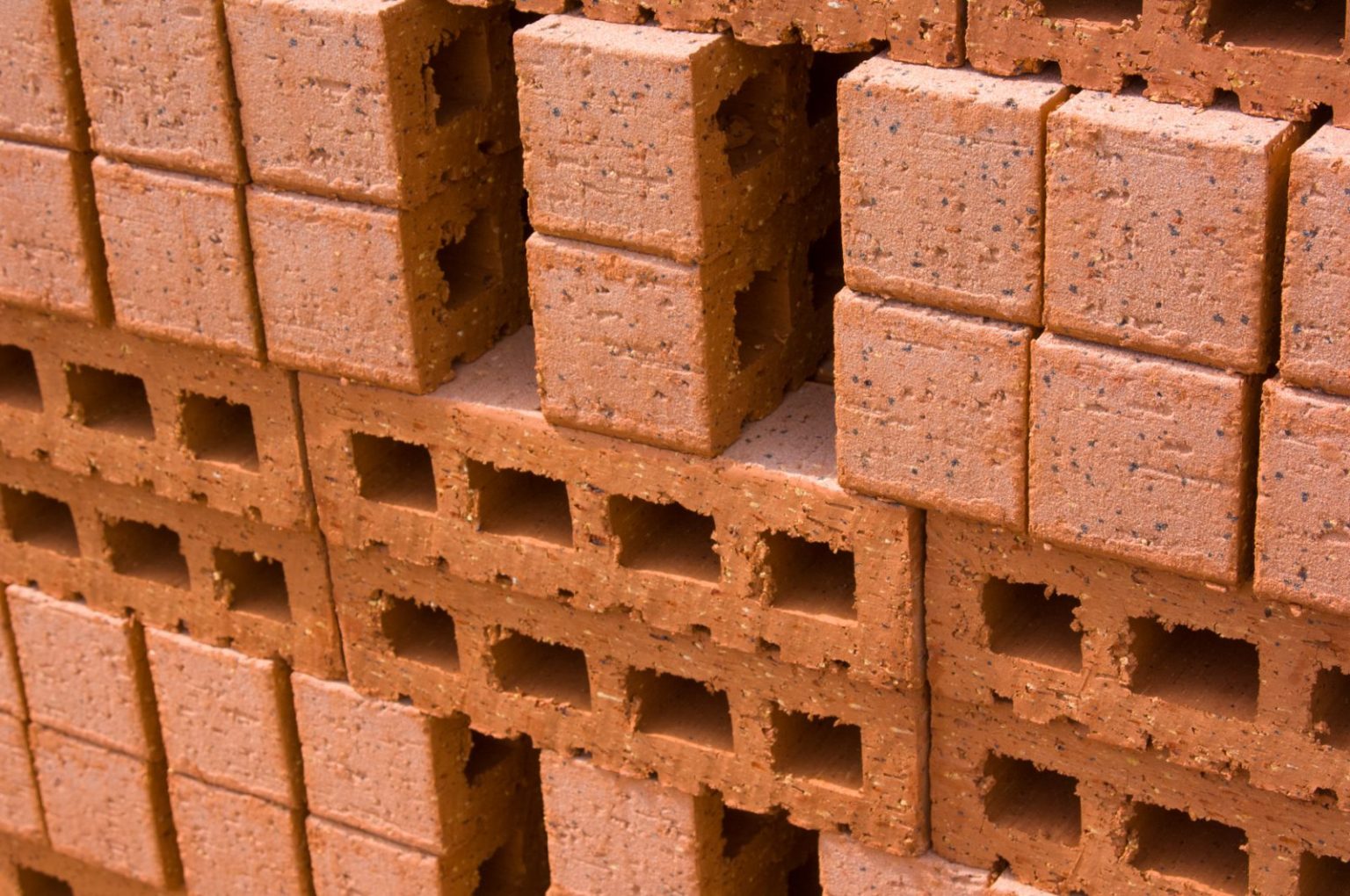

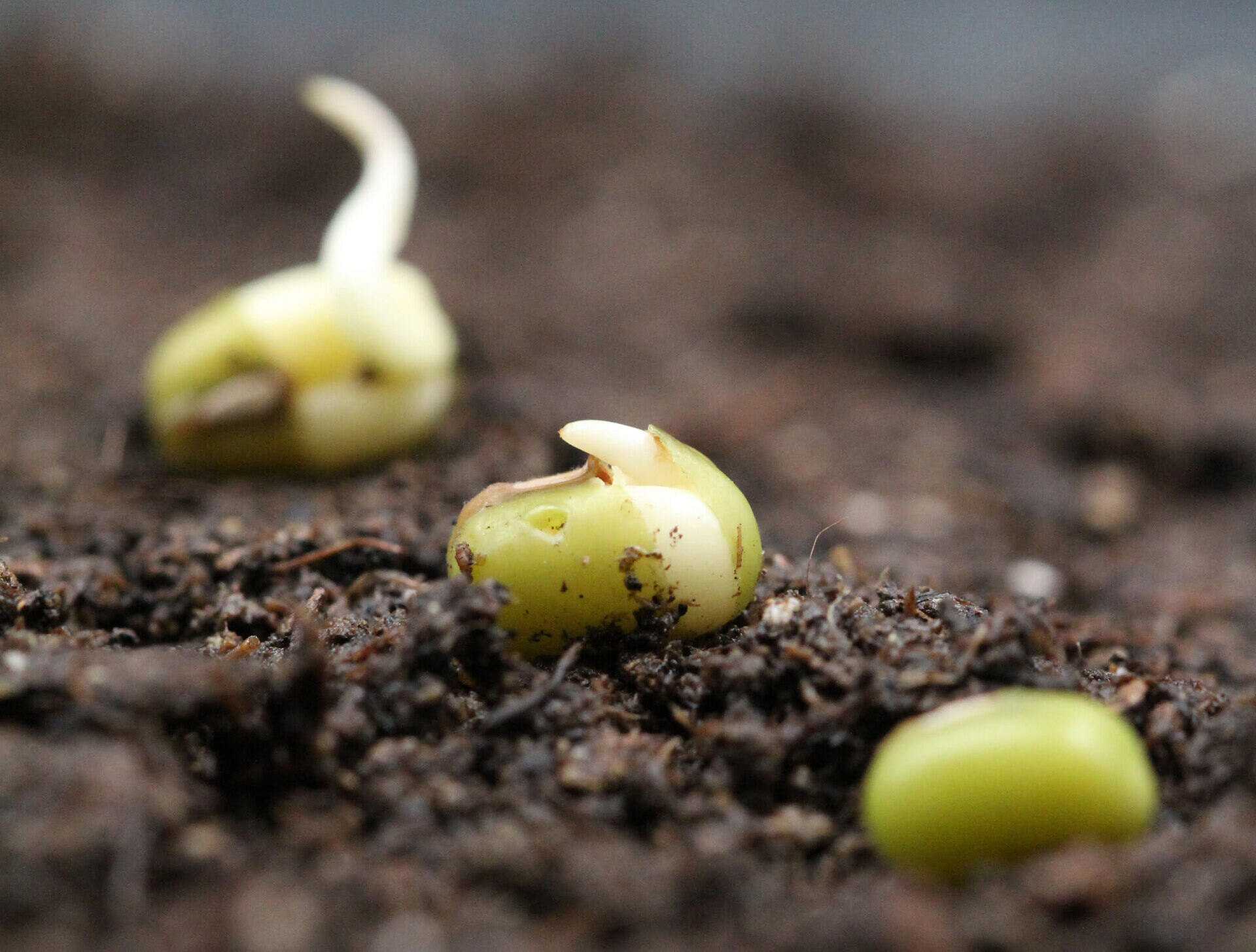
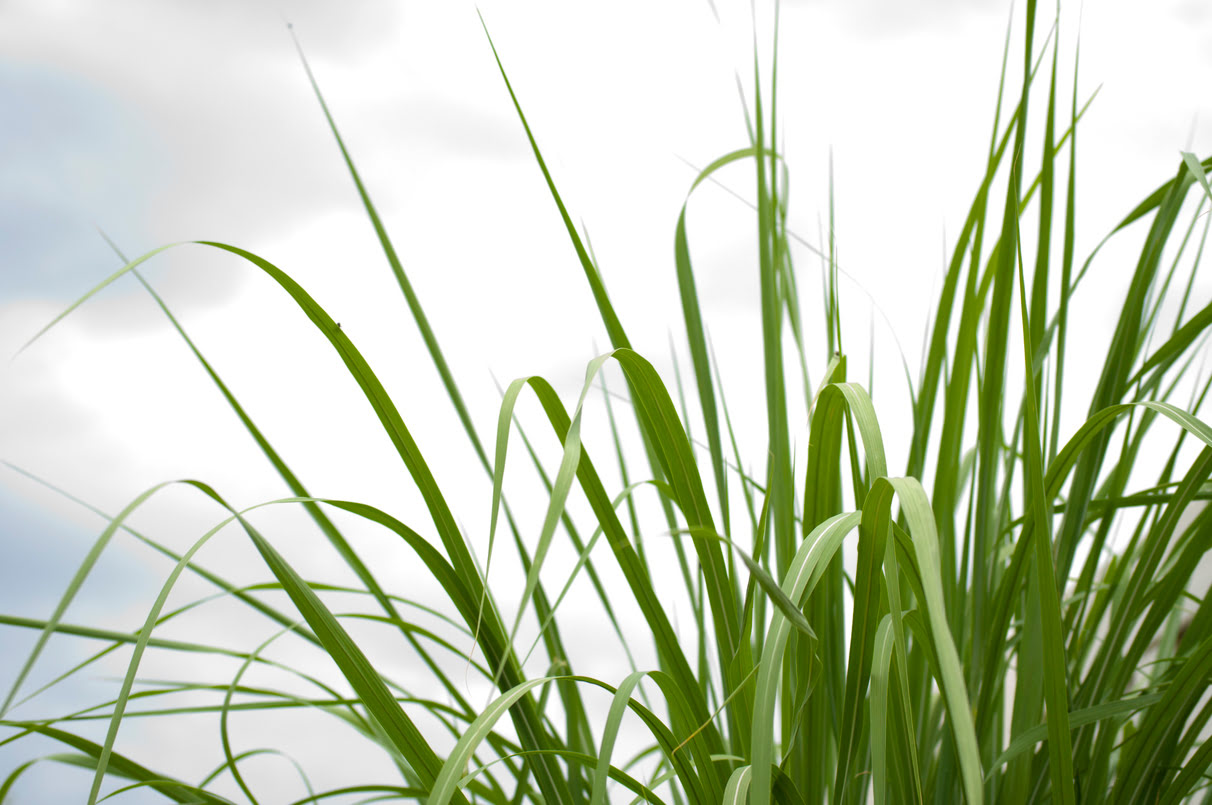

0 thoughts on “What Does Limewash Do To Brick”